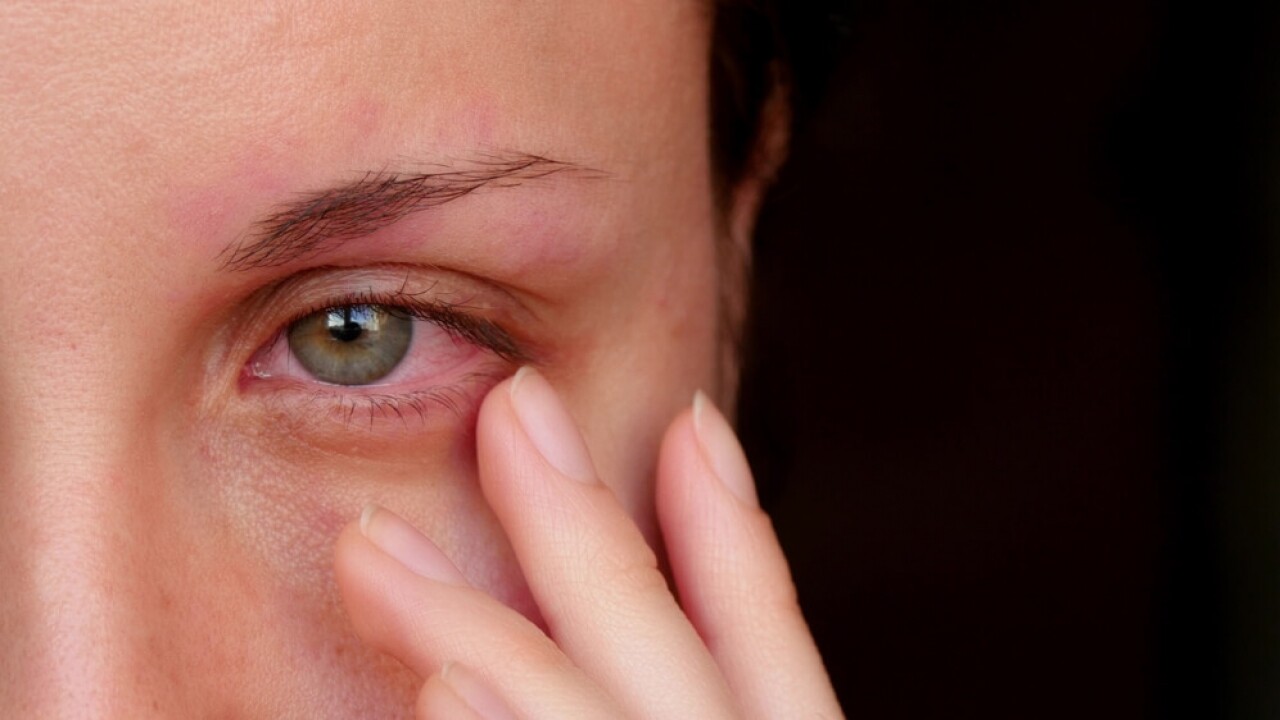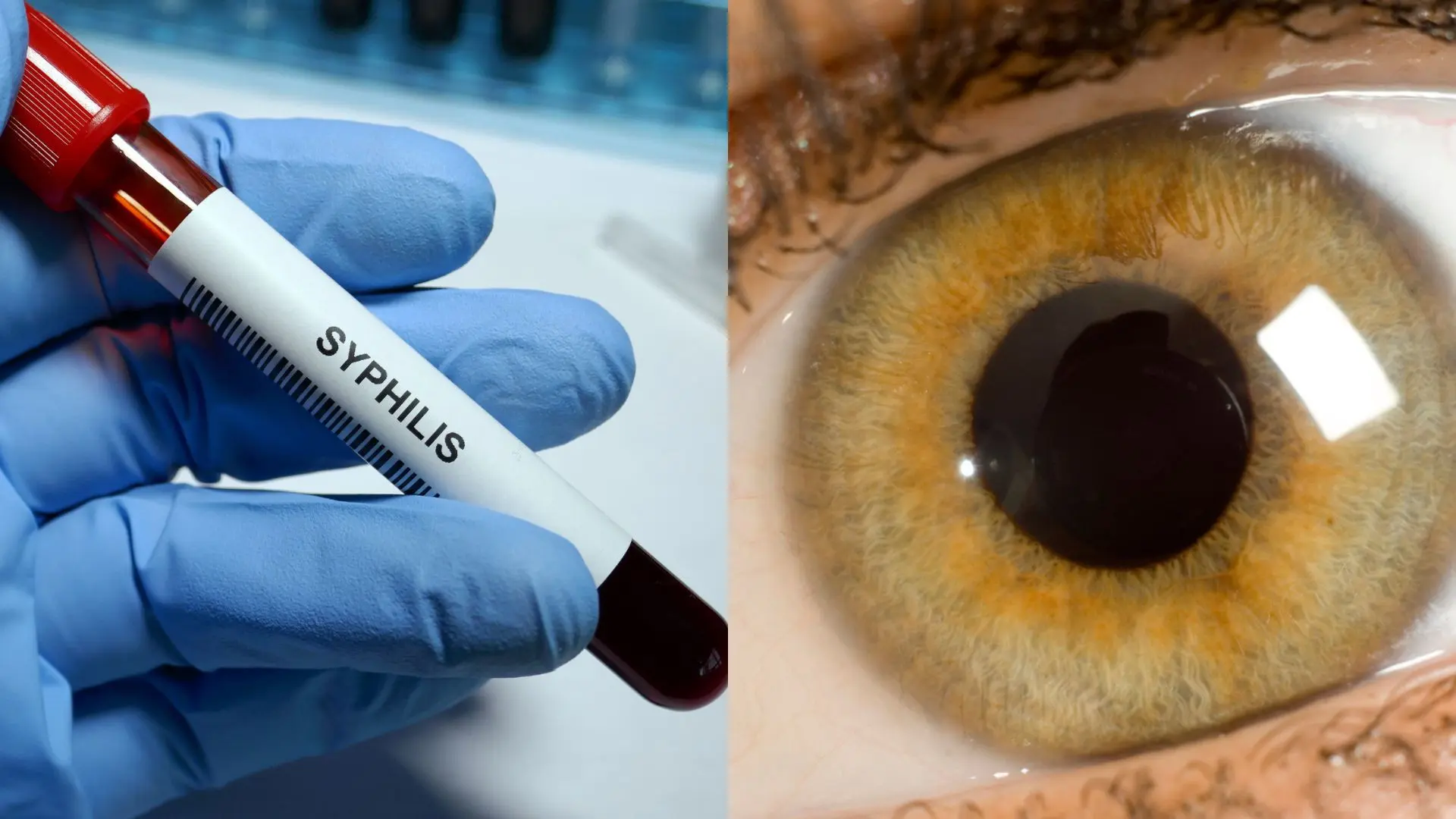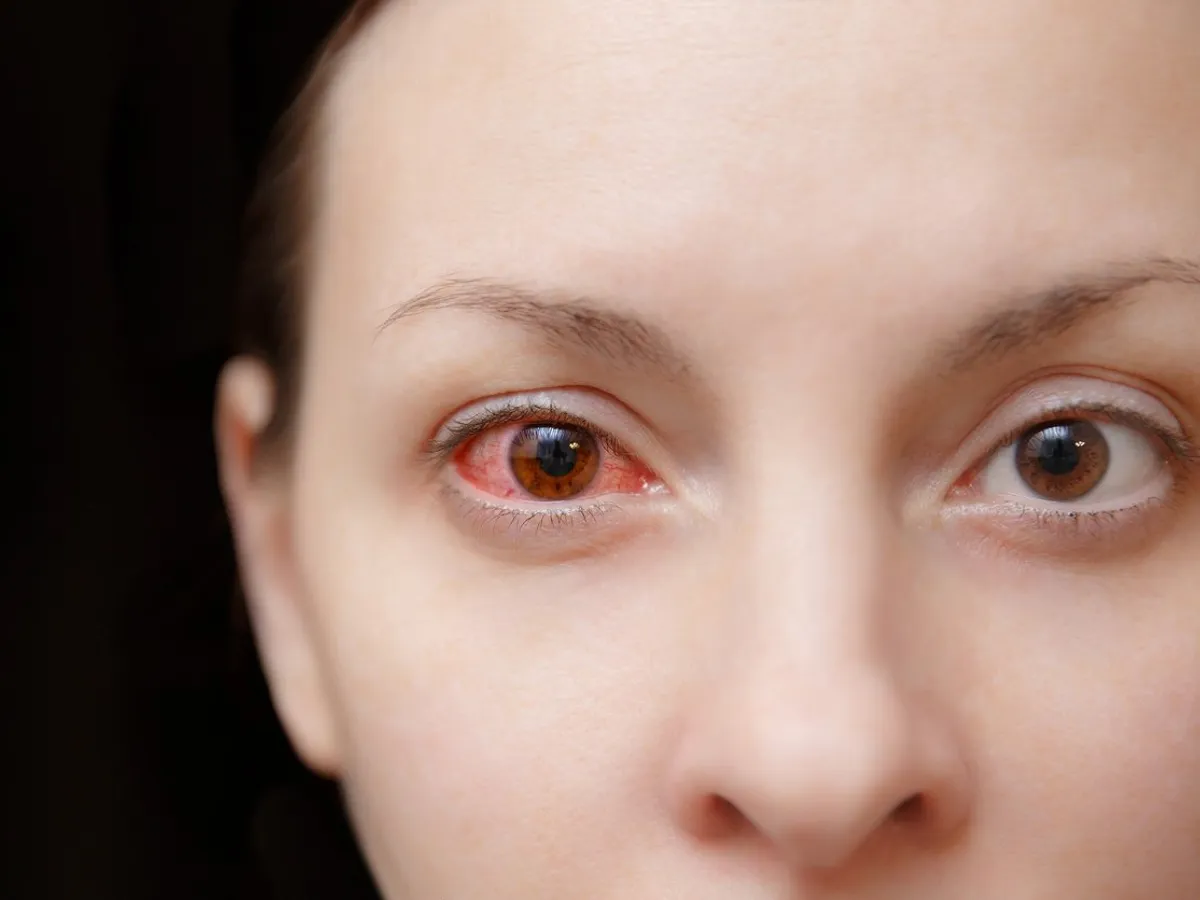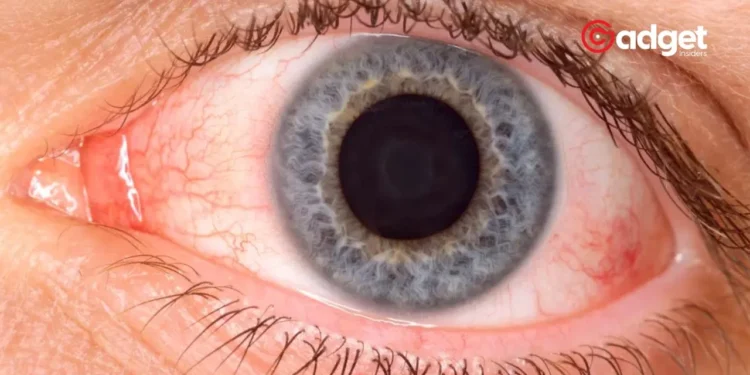Amid a growing concern over the spike in sexually transmitted diseases in the United States, a particularly troubling trend is catching the attention of healthcare providers: an increase in eye syphilis cases. This severe manifestation of eye syphilis, primarily known for its impact on sexual health, is now showing signs that it can significantly affect vision, with some cases leading to complete vision loss.

Understanding Eye Syphilis
Eye syphilis occurs when the Treponema pallidum bacterium, which causes eye syphilis, infects the eye, leading to a condition known as ocular syphilis. This can happen at any stage of syphilis but is most commonly noted as the disease progresses undetected and untreated.
Symptoms of ocular syphilis can range from mild, such as red eyes or eye floaters, to severe, including vision loss or permanent eye damage.
What is eye syphilis? Dr. Jen Ashton breaks down a disturbing new report and explains the severe symptoms doctors are seeing amid the STD epidemic.#GMA3 pic.twitter.com/UE6G1YXaxR
— GMA3: What You Need To Know (@ABCGMA3) April 29, 2024
In early 2024, the Centers for Disease Control and Prevention (CDC) highlighted the issue when it reported over 207,000 diagnosed cases of eye syphilis across the country—the highest since the 1950s. The CDC’s report underlined the critical nature of this STD’s resurgence and its potential complications, such as ocular eye syphilis.
Recent Studies and Findings
At the 2024 Epidemic Intelligence Service Conference held on April 24, new research was presented that showcased the prevalence of eye-related symptoms among eye syphilis patients in Chicago.
Dr. Amy Nham from the Chicago Department of Public Health shared findings from a study that documented more than two dozen cases of ocular eye syphilis in the city last year alone, with a significant portion of these cases detected in the early stages of the infection.
“These findings are a clear call to action for healthcare providers to increase screening and awareness, especially considering the nonspecific nature of early symptoms,” Dr. Nham emphasized in her presentation.
The Impact on Patients
The symptoms of ocular eye syphilis, such as headache, altered mental status, and vision problems, can often be mistaken for less severe illnesses. This makes timely and specific screening crucial.
A CDC case report from November 2023 also shed light on a cluster of ocular eye syphilis in Michigan, involving five women linked to a common sexual partner, all presenting with symptoms ranging from blurred vision to hearing loss.

Dr. Rahul Khurana, a spokesperson for the American Academy of Ophthalmology, commented on the severity of the issue TODAY, saying, “Patients are very surprised when they learn about it because most people don’t associate syphilis with eye problems. Untreated, it can be devastating and lead to blindness.”
Treatment and Prevention
Treatment for ocular eye syphilis involves intensive antibiotic therapy, typically administered intravenously, alongside anti-inflammatory medications. Eye doctors are advised to maintain a high index of suspicion for the disease whenever a patient presents with eye inflammation.
Dr. Khurana further stressed the importance of awareness, not just among healthcare providers but also the general public, given the rising STD rates. “With the incidence of STDs and eye syphilis on the rise in the community, everyone must be informed and vigilant,” he added.

A Call for Increased Vigilance
The emergence of ocular eye syphilis as a symptom of the broader STD epidemic in the U.S. serves as a stark reminder of the interconnectedness of sexual health and overall well-being.
As eye syphilis cases continue to climb, the need for comprehensive STD education, timely testing, and effective treatment becomes more apparent, underscoring the importance of public health efforts in combating this preventable yet dangerous disease.










